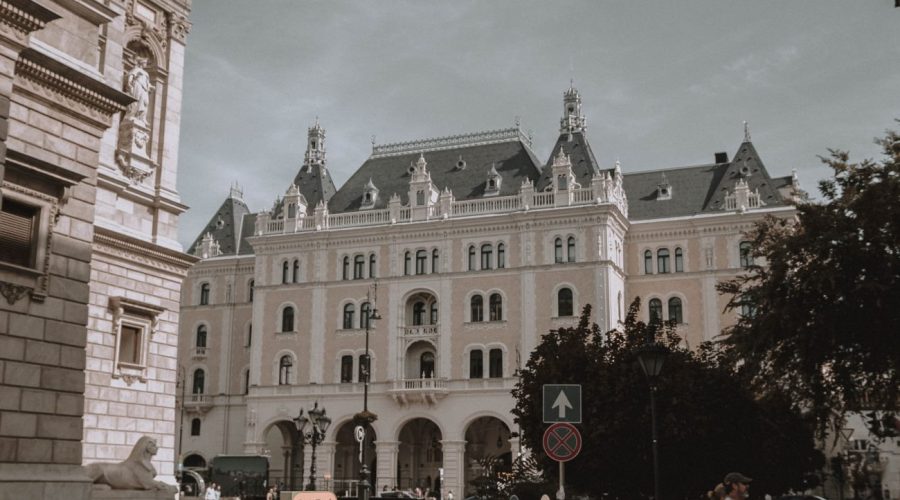A Brief History of Hamburg – From its Foundation to Modern Times
Hello, and today we are considering our interesting story of Hamburg. Whether you are a history buff, a traveler heading to this great city or just interested to know more about its past – we have got them all covered. In this piece we will take you on a trip through the ages telling you of the key events that have led to Hamburg turning out the way that it is today.
The Foundation of Hamburg (9th Century)
The foundations of Hamburg make their first appearance in the records of the 9th century when Charlemagne built a fort on the spot. Its position between the Elbe and Alster rivers made it fashionable trading town, attracting traders from in all of Europe.
The Hanseatic League (13th – 17th Century)
In the Middle Ages Hamburg became major player in the Hanseatic League, a powerful trading guild of Northern German towns. This time was one of economic and cultural boom for the city with commercial and trade operations flourishing. During this time, the famous Speicherstadt, the world’s largest warehouse complex, was constructed and it remains as a legacy of Hamburg’s trade past today so much of the region remains so connected.
The Great Fire of 1842
In 1842, a big fire ravaged Hamburg, a great part of the city was lost. But this disaster turned the city into its new beginning and modernization. Therefore the reconstruction of Hamburg was characterized by new styles of architecture and by broad avenues replacing narrow medieval streets.
Industrialization and Port Expansion (19th Century)
The Industrial Revolution led to rapid growth and wealth of Hamburg. The port city, which already had a key role thus expanded further and has become Germany’s principal port and one of the largest in the world. Enormous investments were also made in the infrastructure and the transportation sector with the building of the first railway connections.
World War II and Post-War Reconstruction
Like many of German towns, Hamburg was heavily damaged during World War II. The area around the port was one of the big targets, major damage was achieved. However, Hamburg was reborn once again and a remarkable post-war reconstruction program was launched.
Hamburg Today
Hamburg has developed into a lively and rapidly changing city where the old and new blend together perfectly. Its ports has long be a leading global trading hub, supporting a number of significant sectors. The town’s cultural output thrives in the efflorescence of famous theaters, museums, galleries and arenas of music.
Exploring Hamburg’s Historic Landmarks
When you come to Hamburg, one ought to visit as well some of the historic highlights that was enlightening about the past:
- St. Michael’s Church (Michel): Resembling a giant organ with beautifully varied.
- The Rathaus: Hamburg’s impressive City Hall is an impressive piece of architecture.
- Warehouse District (Speicherstadt): Explore UNESCO-historic district of this unusual red-brick warehouses.
- Planten un Blomen: A lovely botanical garden that is excellent for a leisurely afternoon.
- Miniatur Wunderland: Visit the world’s biggest model railway exhibition, featuring beautifully artfully created replicas of cities and regions of the world.
Conclusion
Hamburgs lange und bewegte Geschichte hat sie zu der lebendigen Stadt, die sie heute darstellt, geprägt. From its origins as a fortress, through to its status as a stronghold of trade as a Hanseatic port and through all its tribulations in wars and disasters Hamburg has always overcome its difficulties. Now a vibrant city with a vibrant cultural landscape, Hamburg gives you a special atmosphere of old town and new life that draws in visitors. We trust this short journey Through time has peaked Your thinking about searching this incredible Outbreak всі further.
Table of Contents



